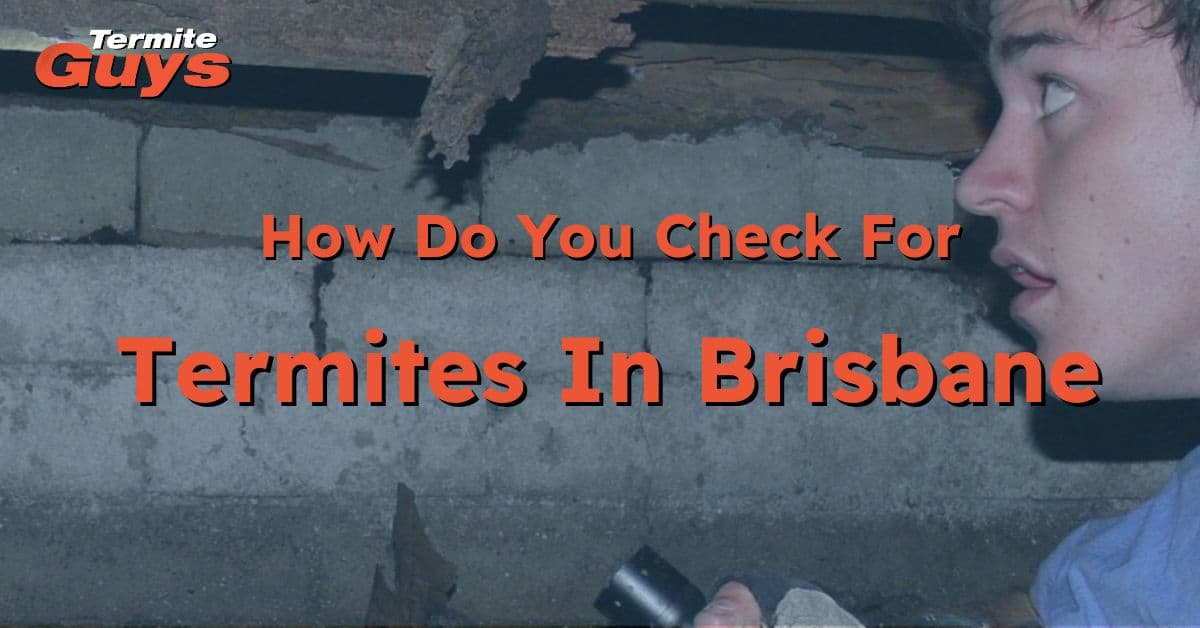Lifespan of Flying Termites: Understanding Their Role and Impact
Flying termites, or alates, are a common and sometimes alarming sight for homeowners, especially during swarming season. These winged insects play a vital role in the termite life cycle, and understanding their behavior and lifespan can help you better protect your property. In this guide, we’ll explore the life cycle of flying termites, their longevity, and what their presence means for your home.
The Life Cycle of Termites
To understand flying termites, it’s important to know the stages of a termite’s life cycle:
- Egg: All termites begin as eggs, laid by the colony queen. Eggs hatch into larvae, which are then assigned roles as workers, soldiers, or reproductive alates.
- Larvae: Depending on the needs of the colony, larvae can mature into different castes, including workers (responsible for foraging and nest maintenance), soldiers (defending the colony), or reproductive termites (future alates or secondary reproductives).
- Worker and Soldier Termites: Workers and soldiers have the longest roles in the colony, maintaining and protecting the nest. They are wingless and never leave the colony.
- Flying Termites (Alates): These reproductive termites are responsible for expanding the termite colony.
Lifespan of Flying Termites
The lifespan of flying termites is relatively brief compared to other members of the colony. Here’s a breakdown:
- Flight Duration: The primary function of flying termites is to leave the nest, swarm, and mate. This flight phase usually lasts only a few hours. Swarms typically occur on warm, humid evenings, often after rain. During this time, thousands of alates emerge to mate and start new colonies.
- Post-Flight Longevity: Once flying termites land and shed their wings, their lifespan depends on whether they successfully find a mate and a suitable nesting site. If they do:
- Successful Mating: If a pair of flying termites successfully mates and establishes a new colony, they become the king and queen. The queen can live for up to 15-20 years, continuously laying eggs to grow the colony. The king also has a long lifespan, staying by the queen’s side to fertilize eggs as needed.
- Failure to Establish a Colony: Most flying termites don’t survive long if they fail to mate or find a nesting site. Predators, dehydration, and environmental conditions often lead to their demise within a day or two.
Factors That Influence the Lifespan of Flying Termites
Several factors determine how long flying termites live:
- Environmental Conditions: Humidity and temperature are crucial. Flying termites need a moist environment to survive, which is why they often swarm after rain. Dry conditions can quickly dehydrate and kill them.
- Predators: Birds, bats, spiders, and other insects feed on flying termites. The large number of alates released during a swarm is nature’s way of ensuring that at least a few survive to establish new colonies.
- Success in Mating: Only a small percentage of flying termites successfully find mates and start new colonies. The rest perish shortly after swarming.
The Role of Flying Termites in the Colony
Flying termites are essential for the survival and expansion of termite species. Here’s what they do:
- Reproduction and Colony Expansion: The sole purpose of flying termites is reproduction. They emerge from mature colonies to mate and create new nests, ensuring the continuation of their species.
- Colony Establishment: After mating, the alates shed their wings and dig into the soil or decaying wood to start a new colony. The queen begins laying eggs, and the cycle starts anew.
What Homeowners Can Do if They See Flying Termites
Spotting flying termites around your home can be a sign of an infestation nearby. Here’s what you should do:
- Inspect for Signs of Infestation: Check for discarded wings near windows, doors, or light fixtures. Also, look for mud tubes along your foundation or hollow-sounding wood.
- Reduce Moisture Levels: Since termites thrive in damp conditions, fix any leaks and ensure your home is well-ventilated.
- Seal Entry Points: Block potential termite entryways by sealing cracks and gaps in your home’s foundation and walls.
- Schedule a Professional Inspection: If you see flying termites or suspect an infestation, contact a pest control professional. Experts can assess the extent of the problem and recommend appropriate treatments, such as installing termite barriers or bait systems.
Conclusion
Flying termites have a short but significant lifespan, playing a critical role in the reproduction and expansion of termite colonies. While their presence doesn’t pose an immediate threat to humans, it’s a strong indicator of a potential infestation. By understanding the behavior and lifecycle of flying termites, homeowners can take proactive measures to protect their property from termite damage.
If you see flying termites, don’t wait. Taking quick action and consulting with pest control experts can save you from extensive and costly damage. Remember, the key to effective termite management is early detection and prevention.


